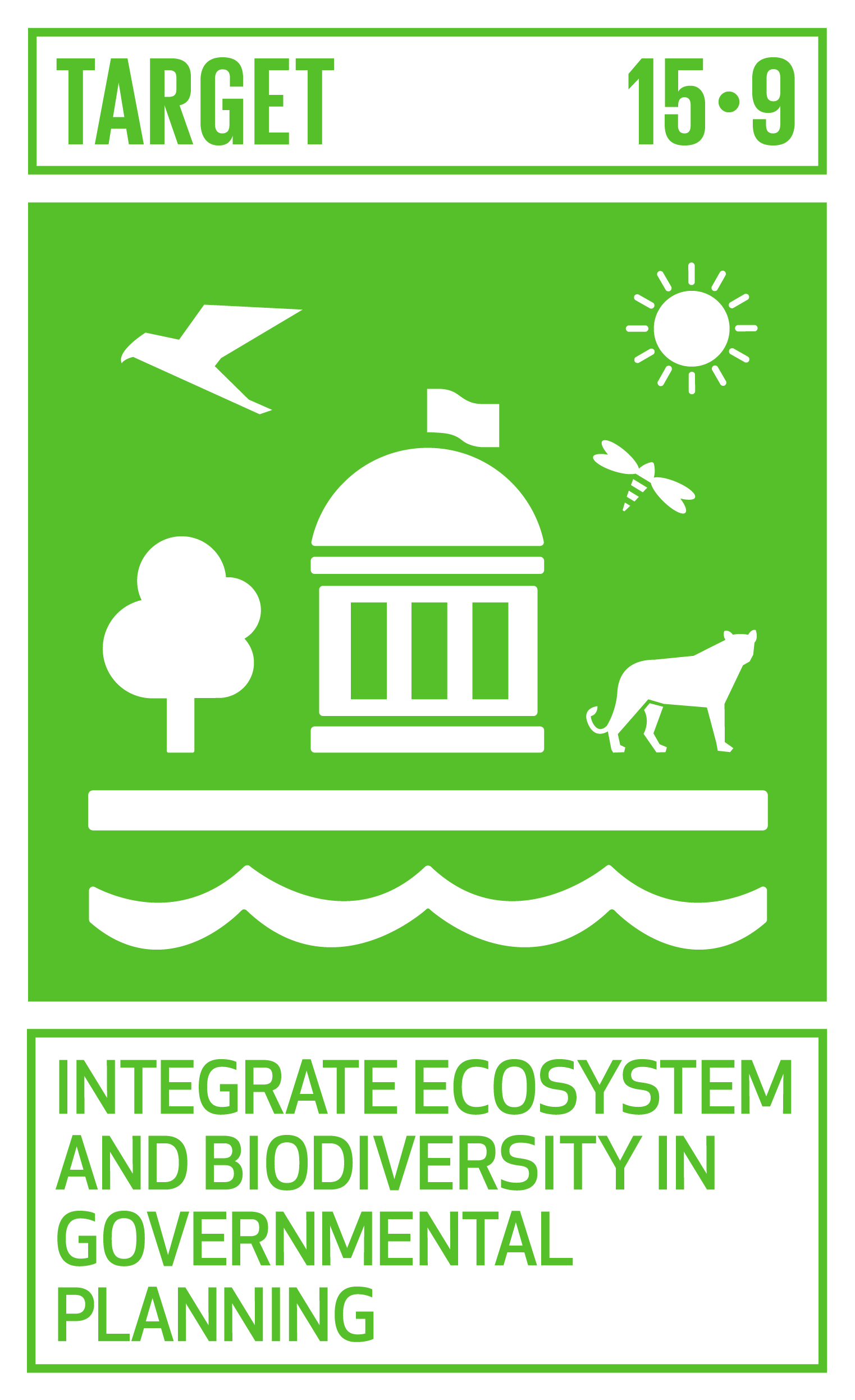Giving Wildlife a Chance
UN Sustainable Development Goal 15 - Life on Land
Bobcat in Brackendale photo by Chris Dale.
There are at least 175 species* in Átl’ka7tsem/Howe Sound Biosphere Region that are considered to be either threatened or endangered. We must act now to save these at-risk species and right historical wrongs. A new project in our biosphere region intends to do just that.
The Wildlife Connectivity project, led by the Squamish Environment Conservation Society, (SES) aims to reduce conflicts between human development and wildlife in the Squamish area for future generations.
This is a strong example of a project that will protect biodiversity and fragile ecosystems by reducing fragmentation caused by human development, which is why the Howe Sound Biosphere Region Initiative Society is a supporter and partner.
The Átl’ka7tsem/Howe Sound biosphere region, which encompasses 183,374 hectares of land, has a diversity of wildlife habitats that span marine, freshwater aquatic, riparian, and terrestrial landscapes.
Citizen scientists have recorded over 4,460 species in the Biodiversity Squamish iNaturalist records. These animals need appropriate habitat to live and raise their young and many also move through habitat to find refuge, new territories and new food sources.
Upon completion, the project will give local governments the tools to develop effective, tangible, and prescriptive policies to ensure the appropriate use and protection of corridors.
The results will also be an act of reconciliation for the Sḵwx̱wú7mesh Úxwumixw (Squamish Nation), the original stewards and knowledge-keepers of this land, and the wildlife that has thrived here in the past.
History of the Development in the District of Squamish
The Squamish Nation and other Coast Salish people travelled with the seasons hunting for food. As settlers arrived and the colonizers confined First Nations people to reserve lands, the animals that inhabited the lands were also displaced by development and industrial activities.
Since it was first settled, Squamish has grown to a population of 23,819 people and rapid development has resulted in a 22% increase over the past year. There are still lands to be developed and it is not too late for wildlife corridors to be central considerations.
Importance of this project
The Wildlife Connectivity project is a regionally significant pilot project and requires the cooperation of many stakeholders. Letters of support from the District of Squamish, the Squamish Lillooet Regional District, BC Parks and many more reference the long-standing need to address this issue. Read more about the project here and FAQs here.
What You Can Do to Support
You can help give wildlife a chance and donate to the Squamish Environment Conservation Society. Tell friends and family about the importance of this project and why it cannot wait.
* 175 species include:
Animalia: 17 Red listed and 57 Blue listed
Funghi, lichens, and protista: - 2 Red listed 0 Blue listed
Plantea and chromista: 35 Red listed and 65 Blue listed
Source: Squamish Environment Conservation Society database

